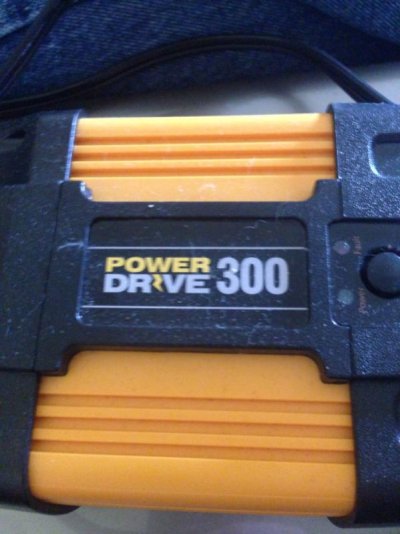ocean
Senior Member
- Joined
- May 28, 2011
- Messages
- 161
I have installed navigation software on my laptop nowI need info on the best small inverter to run the computer I was thinking about one that plugs into a cigarette or assessory receptacle.
Suggestions on size Mfg. etc are welcome
Thanks Bert
Suggestions on size Mfg. etc are welcome
Thanks Bert

